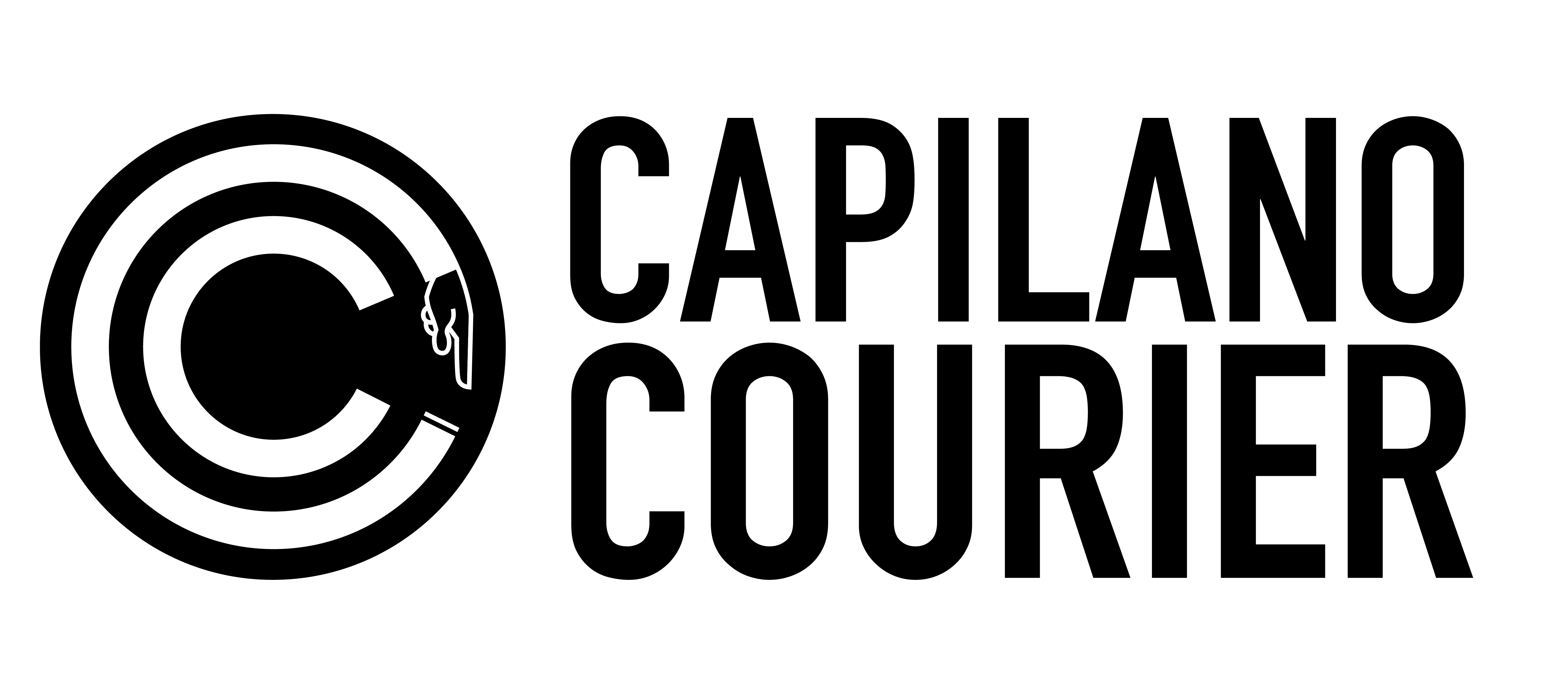A look behind the curtain of university funding and how Capilano is working to get more out of it
Helen Aikenhead // Features Editor
With the semester just picking up, the daunting task of course planning is still fresh in the minds of students everywhere. While waiting out three-hour breaks between classes or sitting through that one elective you swore you would never take, the words play over in your head – “This course is not available this term.”
In the frustration that follows the discovery that your carefully planned semester is no longer attainable, students often forget the complex facilitation that goes into organizing and providing thousands of students with what they need to successfully navigate the requirements of their diverse programming. But of course, nothing comes for free.
Of the many parts of one greater system at play in university upkeep, most any issue can be traced back to one thing: money. Think of the game of Jenga – if the goal is to maintain a sturdy, upright structure, the perpetual question is which block can be removed and relocated responsibly before everything comes crashing down? This is a question that can be similarly placed on budget allocation.
Capilano University is only provided with a certain amount of funding determined by a set formula from the provincial government – specifically, a little over 40 per cent. Another approximate 40 per cent comes from student tuition. That leaves just under 20 per cent left, made up from other sources.
At CapU, some of these sources include parking fees, the childcare centre, the University’s own investments, the theatre and donations. Now, if one of the blocks at the base of the tower is affordable tuition and another is a non-negotiable figure provided by the province, careful decisions must be made with the other blocks in play in order to keep those two support beams in place.

Unfortunately, and despite the huge inconvenience this places on a students’ schedule, some of the moves the University has found to be the safest and least overall damaging are made in course cutting.
But before we can understand why this drastic move is truly one of the better solutions and begin looking at the actions being taken to keep every block where it belongs in the future, it’s important to first understand the problems. While money is certainly a constant, co-chair of the School of Communications, Ted Hamilton notes that there is a “chicken and the egg paradox” to consider before placing all the blame of course cutting on government funding alone.
Capilano University is underfunded. That’s been known since as early as 2008 when the then-college was granted its university title and had to absorb the costs of this transition without receiving any additional government funding.
Later, starting in 2013, a series of major program cuts revealed some of the financial issues CapU was still facing. Now, with funding said to be consistent since 2012, the University hasn’t experienced any cuts to the same scale as the closures in 2013. The block transfer fund provided by the BC government to a university is calculated by the number of Full Time Equivalent (FTE) students the university had registered in the previous year.
This is not to be confused as a simple headcount of students enrolled in full-time courses – FTE’s aren’t necessarily individual students – but are also inclusive of groups of students enrolled in fewer classes, collectively earning a total of 15 credits in a semester. This way, every student is considered in the FTE total. For the purposes of this particular calculation, only a 15-credit course load (that is five, three credit courses) garners FTE eligibility, meaning five students taking one three-credit course each, together, would count as a single FTE.
This brings us to the chicken and the egg paradox – short of the provincial government declaring a province-wide funding increase per FTE, that base funding is wholly dependant on enrolment numbers; numbers which Hamilton says are largely dependant on promotion extending well beyond the campus grounds. But of course, the large-scale promotion necessary to significantly boost enrolment, which would in turn increase CapU’s base funding, has a hefty price tag.
Past administrations at the CapU did not prioritize marketing and there are reminders of this all over the city. When you see a poster for Kwantlen Polytechnic University at a bus stop or for Douglas College on the back of the newspaper of the person sitting across from you on the SkyTrain, you are reminded that CapU is not nearly as prominent in the subconscious of students across Vancouver as other institutions. Hamilton says that marketing is something the University is most definitely working on. “Our new president has been really proactive in terms of emphasizing that dimension so I’m hopeful that things will improve on that score.”
President Paul Dangerfield confirmed this hope while describing the latest operating plan the University has been working on for the past 12-18 months, ensuring that student attraction, and retention, are currently two of the top priorities of the school. He further acknowledged that promotion plays a vital role in achieving these goals. Dangerfield promises the rise of Capilano is in motion, with rebranding already having started with the new logo unveiling and the launch of an, “active outdoor campaign – it was the first outdoor campaign that the University had done in a long time.” Dangerfield continued to explain that this rebranding was recognized as the best worldwide in higher education in the past two years. While this is a huge accomplishment for CapU and an impressive leap in the right direction, the next step would be plastering that logo all around the city.
Clearly, and with good reason, Dangerfield is extremely hopeful about the future of CapU. He doesn’t see the future involving further cuts, but rather increasing programming to an extent the University has never seen before. He provided an explanation of the credential map developed over the span of the new operational plan, which would bring about more degree programs to the students of Capilano within the next three to five years. Then, looking forward to the next five to 10 years, there are plans in “doubling the number of degrees that we have here.” Dangerfield explains, “that’s what we’re working on, and those will be in the areas where you see where we have diplomas… and then we’ll work on brand new degrees.”

Degrees and degree development are essential to the future of CapU. Not only in terms of academic expansion and the benefits and opportunities they bring to students, but in terms of funding, more degrees are hugely profitable. One reason is the attraction value alone – more degrees means more students, which all goes back to the FTE count and the size of the block transfer fund. Of course, an increase of students on campus also means filled classes, which would reduce, if not eliminate course cutting. Then there are also more complex benefits connecting increased degree credentials specifically to financial gains. As Hamilton explained, CapU has long been excluded from an opportunity to receive additional government funding by way of access to Federal Research Grants.
These grants would be resources previously unbudgeted by the awarded university, which then allows money that would have previously been used in one area to be shifted and utilized in other areas – such as increased classes and course sections – essentially, expanding the reach of the initial base funding.
As Hamilton described, CapU is disadvantaged when it comes to granting council provided funding, “mostly because one of the rules for access to this funding is that we have to have a certain percentage of students enrolled in degree programs,” a percentage which is of course difficult to reach with such a limited number of degree programs available. However, should the University stay on track with its current operational plan, there won’t be a problem with reaching that percentage in the future.
Despite their strength in that regard, even the success of increased degree programming ultimately goes back to promotion, because you could have all the programming in the world, but you need people to know that you have it. Or as Hamilton puts it, “regardless of weather advertising works, not advertising surely works to promote ignorance.”
Similarly to research grants, there are other opportunities within reach for CapU that have come about with the new NDP government. Minister of Advanced Education, Skills and Training, Melanie Mark has recently announced several initiatives that will work to improve accessibility to post-secondary education for many British Columbians. First, Mark announced reinstating a tuition-free policy for domestic students in Adult Basic Education (ABE) as well as English Language Learners (ELL), which started at the beginning of this month.
This move will reverse the implementation of fees that were placed on the programs in 2015 by the BC Liberals, which made it more difficult, if not impossible, for some students to continue to pursue their post secondary education. Following this announcement, Minister Mark then additionally revealed that under the new NDP government, people in or aging out of foster care would now have access to free tuition in order to enrol in undergraduate programs.
While these announcements are beneficial province-wide, for CapU specifically, they are welcome news. “What we’re assuming from that,” Dangerfield says, “is that they have a real focus on increasing access for post secondary, and we will benefit from that because we provide those opportunities here at the University.” It’s safe to assume, then, that with these new means of accessibility, Capilano can expect an increase in future FTE counts.
Recently, Mark spent an afternoon with the president to discuss CapU. On that, Dangerfield was happy to announce that the minister and her team, “was receptive to Capilano University – to our programming, our diverse set of programming and also the initial ideas that we’ve been sharing with her around the credential map. So I’m very positive about where we can go.”
The final aspect of the current operational plan has to do more with the goal of retaining students – that is, to enhance the experience here on campus and supporting student success in doing so. According to Hamilton, this is important for the University because, “if you provide people with an environment that is comfortable and that facilitates the learning process in some way…the reputation of the university will be enhanced because it’s recognized by the people who go here as a good place to go.”
Ways in which Capilano is working on this enhancement are in providing new services like housing, and starting work on a new and reorganized student success centre. The centre, as explained by Dangerfield, would be a “learning commons for all the students in one place and that would allow them to have all of the resources they would need in one place” including tutors, peer mentors and career advising.
To Dangerfield, building a space where students want to be, and, especially in terms of housing, that they have the ability to be means the school won’t have to cancel classes and has the potential actually increase classes. “So, I think, you know if I look at it, government, industry, the local community – they’re all helping us together and I think that’s really the solution going forward,” said Dangerfield.
Of course, missing out on a course you really wanted or needed at a specific time is frustrating – incredibly frustrating. But looking at it from the perspective of the people making the decisions about what gets cut, they really do have a lot to consider and try to balance out. When it becomes a question of what to move around to keep that vital supporting beam of tuition prices in place, while maintaining an overall sturdy tower, we may just have to wait for the rest of the pieces to come into play.





